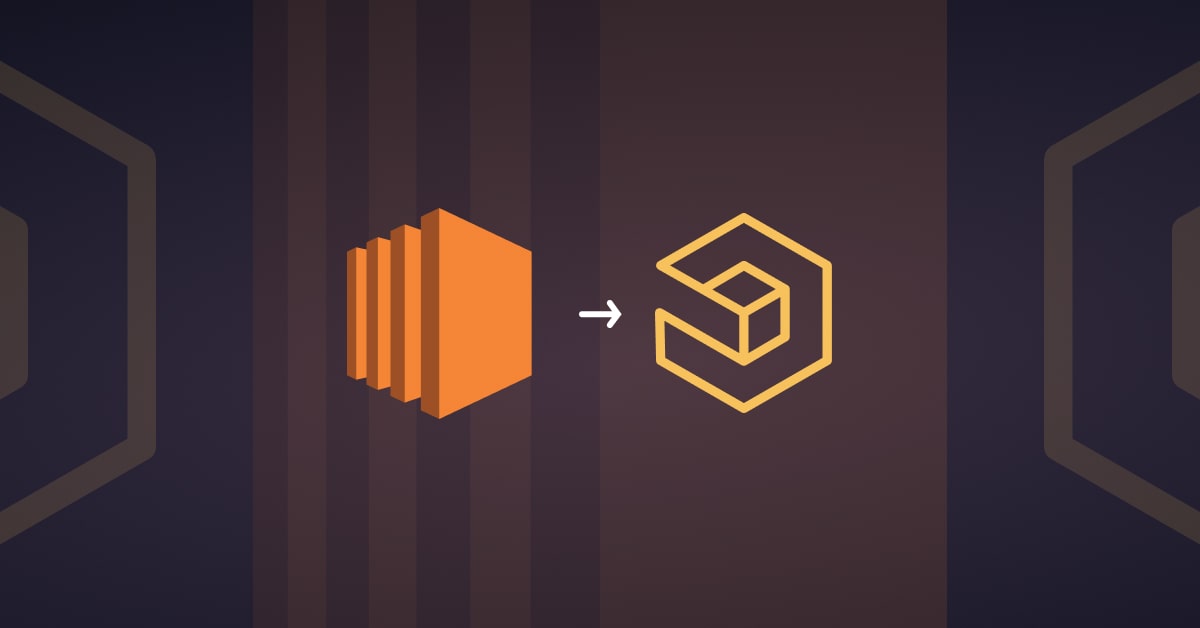
Announcing Early Access for Logz.io’s Prometheus-as-a-Service
December 1, 2020

At Logz.io, we are always keeping a close eye on the most widely-used and favorite open source monitoring tools among the developer community. This is why we announced the Early Access for our Infrastructure Monitoring product at this time last year.
After a successful GA and a year of strong adoption among new and existing customers, I’m thrilled to announce a huge milestone for the product: Early Access for Prometheus-as-a-service!
Among open source options, Grafana and Prometheus are the best tools for metrics collection and analytics. Prometheus in particular is widely loved for its ease-of-use in the cloud and straightforward integrations with other cloud-native technologies like Kubernetes.
And for the first time, you’ll be able to use both a compatible metrics user interface and Prometheus alongside the best open source tools for log and tracing analytics — ELK and Jaeger — all together on our managed service.
Prometheus-as-a-Service: A Key Addition to our Platform
Prometheus is the king of metrics in the cloud, but metrics are only part of the story. To gain end-to-end observability into their environment, Dev and Ops teams also need to collect their logs and traces to better understand why things are happening.
This can be a challenge for those who prefer open source (of which there are many!), because it requires setting up and maintaining three different stacks, which usually includes Prometheus and the open source Grafana edition for metrics, ELK for logs, and Zipkin or Jaeger for tracing.
Not only does this cause tool sprawl, it can also slow down investigations into production issues. When data is scattered across silos, it can be hard to find the right data when you need it quickly.
This is exactly why we’re bringing the best open source monitoring tools together. Teams prefer open source, but it’s easier to use when consolidated on a managed cloud service.
A quick overview: why we built it, and how it works
Prometheus has earned a great deal of attention, praise, and adoption from cloud-native and developer communities — largely because of simple architecture, implementation, and integrations with modern stacks in the cloud.
But storing metrics over long periods of time with Prometheus can often require complex architectures and roll-up servers. This creates more servers to check for memory usage, more components to monitor and upgrade, and possible data and user governance concerns.
Prometheus-as-a-service allows teams to leverage all the best parts of Prometheus (like its cloud-native integrations) without the less-fun parts (like storing metrics over long periods of time).
For current Prometheus users, you can get started with Prometheus-as-a-service by simply adding three lines of code to your config file for each Prometheus server. You don’t need to touch your autodiscovery or scraping implementations.
Use ‘remote write’ (lines 51-53) to forward metrics to a remote destination, which in this case is Logz.io. You’ll just need to add the Logz.io url and account token, which you can find in your Logz.io account.
From there, your metrics will be routed to Logz.io’s managed service to be stored for 18 months, out-of-the-box.
This means you can leverage Prometheus’s beloved autodiscovery and scraping capabilities to pull metrics, and then centralize everything on Logz.io — removing the burden of storing the metrics yourself and providing a single place to access your data.
Once your metrics are in Logz.io, the fun part begins! You can see your data with our metrics UI.
Here, you can view your Prometheus metrics on beautiful dashboards, manipulate visualizations, set alerts, and use other data analysis capabilities through the interface or API.
One of my favorites are our alerts, which can be configured with multiple trigger conditions to look at both metrics and logs. Another favorite is Data Correlation, which allows you to quickly investigate the logs and traces associated with the metrics of interest.
For example, the visualization below shows a memory metrics spike in an NGINX pod. To investigate, we can hit ‘Explore in Kibana’, which immediately brings up the logs from the same pod in the same time frame.
Similarly, below we see metrics visualizations showing a spike in latency in our Cassandra service. By hitting ‘Explore Related Traces’, we can immediately see the microservice impacted by Cassandra and drill into the trace that explains the high-latency.
Data correlation is only something you can do when all of your logs, metrics, and traces are in the same place.
Is Prometheus-as-a-Service right for you?
As monitoring operations become more mature, you’ll probably need to collect logs and traces as well, which are not meant for Prometheus. Plus, as teams and workloads grow, Prometheus deployments and architectures can start to sprawl and become a burden to manage.
Yet, when Dev and Ops teams are starting to monitor their environment, Prometheus is really a no-brainer. It’s architecture is simple, it easily integrates with cloud-native technologies, and plays nicely with popular metrics visualizations tools. It maintains hundreds of integrations with other tools. And finally, Prometheus connects users with one of the largest open source communities there is.
Logz.io’s Prometheus-as-a-service enhances your metrics collection, while letting you focus on your business. You get down to business; we’ll take care of the monitoring.
For teams that love Prometheus, but want a solution that consolidates metrics, logs, and traces on a managed service, Logz.io’s Prometheus-as-a-service is the perfect option.




